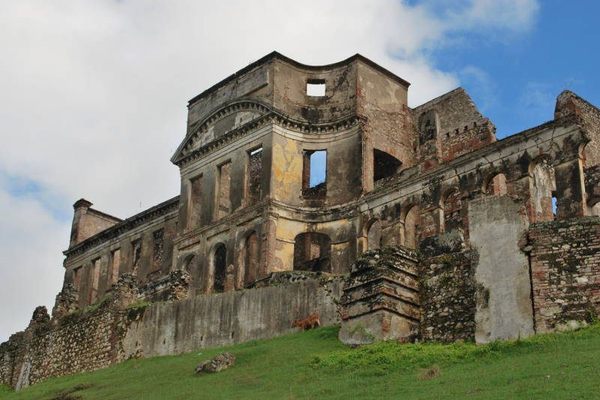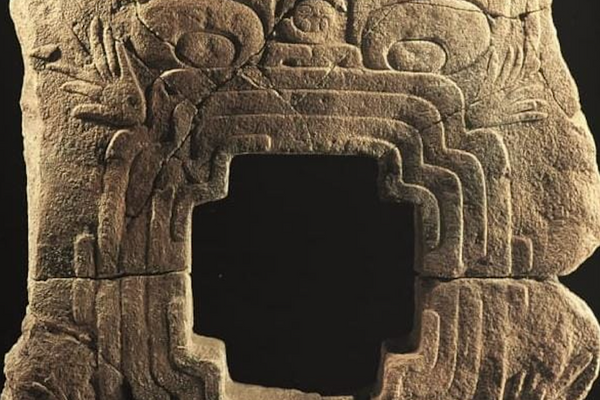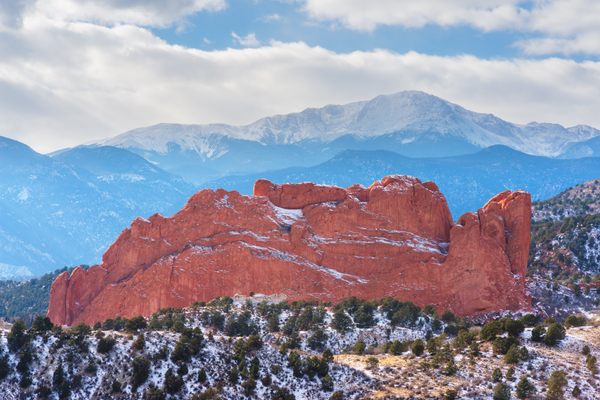Sacred Valley of the Inca
A weaver in Ollantaytambo, Peru (all photographs by James Emmerman)
In the Andes of Peru, tucked between Cusco and Machu Picchu, lies the Sacred Valley of the Incas. A stretch of virtually untouched villages and ancient ruins ranging across broad fields and mountain slopes, it drips with Andean history, culture, and beauty.
Originally formed by the Urubamba River (the region is also known as the Urubamba Valley), the valley was once the fertile and spiritual base of the Incan Empire. Corn, coca, potatoes, and more grew in fields and along terraced mountain slopes, while the Incan astrological beliefs reflected the river’s relentless flow.
Today, the mountain air is crisp and thin. Massive sky tumbles into tremendous landscapes. Quechua-speaking farmers work the fields with methods unchanged since the ancient Incan era. But while the Sacred Valley is deeply rooted in its history, contemporary influences are now intertwined with tradition. The only thing more striking than the landscape is the cohesive, living blend of the ancient and the modern.
The region continues to produce crops for Cusco including grains, peaches, and avocados, and while the ages-old farming methods and market days attract tourism, they also remain important cultural practices.
Farmers in the Sacred Valley region
Farmers in the Sacred Valley region
A farmer in the Sacred Valley region
A farmer drinking from a mug in the Sacred Valley Region
In Maras, approximately 40 kilometers north of Cusco, salt has been harvested through up-slope evaporation ponds since pre-Incan times. Heavily salinized spring water flows into an intricate system of tiny channels, constructed so it runs down to several hundred ancient terraced ponds. An informal cooperative system between farmers established during the time of the Inca, if not before, keeps the system running.
Salt ponds in Maras, Peru
Stream at the salt ponds in Maras, Peru
The Sacred Valley boasts some of the finest Incan ruins in all of the Americas, peppering the landscape like grounded ships. The town of Ollantaytambo is set on a plateau with surrounding mountains, each covered in terrace-style ruins, originally for farming on the unstable terrain.
Smoke from a nearby wildfire in Ollantaytambo, Peru
Today the space is used for public enjoyment, such as the summer Ollantay Raymi festival dedicated to the Incan sun god. An elaborate performance of the 18th century Ollantay Drama is performed on the ancient terraces, which tells the story of general Ollantay and his forbidden love of a princess.
Ollantay Raymi performers in Ollantaytambo, Peru
Ollantay Raymi performer standing on the terraced ruins in Ollantaytambo, Peru
Ollantay Raymi performers standing on the terraced ruins in Ollantaytambo, Peru
Ollantay Raymi performers in Ollantaytambo, Peru
A hug at the Ollantay Raymi festival in Ollantaytambo, Peru
With so much tourism flooding in and out of Machu Picchu and Cusco, it’s easy to miss the teeming beauty of this region. From its natural vibrance to rich history, the Sacred Valley is a truly unique hidden wonder.
A weaver in Ollantaytambo, Peru
A weaver at The Textile Centre in Chinchero, Peru
Farmer walking with donkeys in Chinchero, Peru
A shaman in Ollantaytambo, Peru
Ollantaytambo, Peru
A house in Chinchero, Peru
A shop in Ollantaytambo, Peru
Thread at the The Textile Centre in Chinchero, Peru
Men sitting against a church in the Sacred Valley region
Two weavers at the The Textile Centre in Chinchero, Peru
A weaver’s hands at the The Textile Centre in Chinchero, Peru
Clouds over ruins in the Sacred Valley region
View more of James Emmerman’s photography on his website. You can also follow him on Flickr and Twitter.







Follow us on Twitter to get the latest on the world's hidden wonders.
Like us on Facebook to get the latest on the world's hidden wonders.
Follow us on Twitter Like us on Facebook